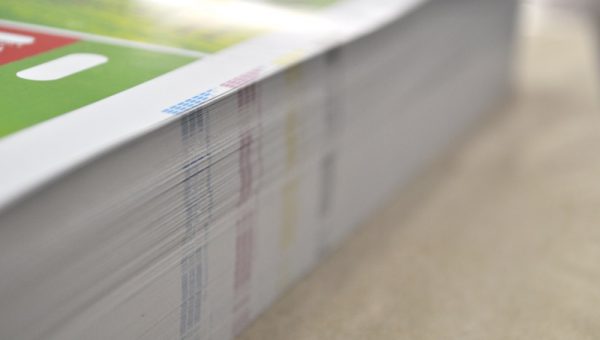Modernize Your DRTV Buys
DRTV advertising can be an excellent source of lead generation. We’re not talking about branded advertising, designed to improve brand awareness and share of mind. DRTV spots are specifically designed to generate leads by prompting action now with a strong call to action, using unique phone numbers and even unique web offer codes to track results. You can also measure web response by measuring web traffic within a specific window of time before and after spots air and then attribute sales using a measurement of lift over baseline.
Top performing DRTV spots can actually have pretty low brand awareness, but still generate a tons of leads and be very cost effective. DRTV advertising can bring a ton of scale to your advertising budget, but up-front production costs and expensive placements can eat up your budget quickly.
Measuring performance incorrectly can also wreak havoc on your DRTV program. Ironically, many DRTV advertisers measure effectiveness and optimize placements on a cost per call basis, even though web response can be significant, and can vary from spot to spot. I was involved in an A/B test with one advertiser where they tested the result of having a phone number and no website URL on one spot, and both a phone number and website URL on the other spot. The media buy was controlled so both spots had the same network and daypart mix. The spot was exactly the same, and both test cells used new unique phone numbers to prevent lag call volume from biasing the test. Can you guess what happened? Website volume was suppressed when only the phone number was provided and overall sales were lower for that test cell. Consumers have made up their minds in terms of how they’ll respond to advertising and some choose to call while others choose to go online.
Optimizing on a cost per sale basis, including call and website traffic, is a more holistic measurement of effectiveness. Using this approach, here’s an advertisers opportunity set of spots (total weekly inventory available for purchase) ranked by the spot’s predicted marginal cost per sale. Each dot represents a specific unit of available spot inventory, meaning a specific placement on a network, in a given daypart.
This advertiser has a marginal cost per sale target of $700. From an economic standpoint, profit is maximized where marginal revenue = marginal cost. At $700, this client was operating at breakeven in terms of lifetime value, thereby maximizing overall profit dollars. At $700 marginal cost per sale, this advertiser could efficiently spend $539,000 on DRTV ads per week using this optimized buy sheet.
Now illustrated in terms of average cost, an optimized $539,000 weekly DRTV buy would produce an average cost per sale of $437.
Leveraging data at the spot level, we can incorporate network, daypart, unit length, spot cost, mirrors running, creative used and impression levels to predict sales. By predicting sales, we can then simulate an optimal buy sheet considering spot-level availability and pricing constraints, thereby optimizing sales and media allocations subject to your acquisition targets.





